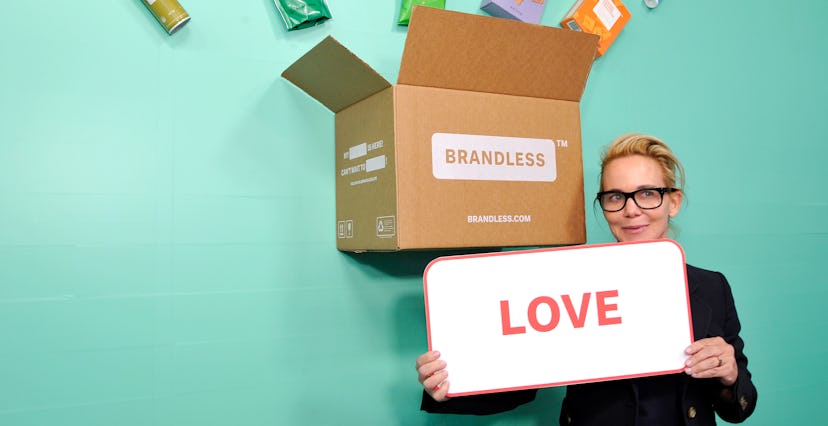Tech
Brandless is shutting down after two years and $300 million invested
The startup was destined for failure.

Brandless has confirmed that it’s shutting down. The two-year-old company had raised nearly $300 million from SoftBank in order to sell its own line of household goods and personal care products over the internet.
The failure marks the first time one of SoftBank’s portfolio companies has raised the white flag. Others like Wag, a dog walking app that raised $360 million (I’m not joking), and Zume Pizza, a company that bagged $400 million to automate the creation of ‘za, have laid off employees or changed their businesses as SoftBank begins to demand profits.
Brandless didn’t make sense — The idea played on the rise of “direct-to-consumer” brands that make simple but quality products and sell them exclusively through their own storefronts. Brandless products like matcha tea and multivitamins had minimalist packaging and were supposed to be free of any harmful ingredients. Customers could create subscription boxes that would deliver the same products to their homes on a recurring basis.
The problem with Brandless was that it was set up for failure. The company was reportedly valued by investors at $500 million in 2018 just a year after launch, even though there’s basically nothing magical or amazing about its peanut butter or tortilla chips — in fact, the company's products were plagued by quality control issues. And investors in Brandless ideally wanted to make back their $300 million investment in the company multiple times over, meaning Brandless would have to sell a lot of toothpaste and mouthwash. Worse is that since it sold everything online, the company was reportedly losing money thanks to high shipping costs. Consumer packaged goods like the ones Brandless sold have very low margins of profit, and because the company doesn't have scale like Amazon it wasn't able to drive costs down.
Money doesn’t solve all problems — SoftBank’s investment strategy has been to throw insane sums of money at companies in the hopes of supercharging them and creating behemoths. Its other investments have included the likes of Uber and Slack. But what we’re seeing is that a war chest alone isn’t enough if there isn’t also a solid strategy in place to grow and make money.
Brandless could have been totally a fine business if it hadn’t raised so much money! But it wasn’t a billion dollar company. Once it took in all that cash, it had an obligation to grow sales fast while creating a profitable business and couldn’t do it. Amazon already sees massive efficiencies from millions of customers paying for Prime and merchants paying commissions to sell to them, not to speak of its money-printing AWS business. It could use that money to build out its own shipping infrastructure, and its scale to demand lower prices across the board. Brandless didn't have any of that, so it was always fighting an uphill battle.
Other SoftBank investments have fared similarly. Wag, the dog walking app, has been floundering since it realized that — shocker, there just aren’t enough people in need of a dog walker to create a $1 billion company.The Wall Street Journal reported recently that basically nobody wants to make the mistake of investing in SoftBank's next fund.